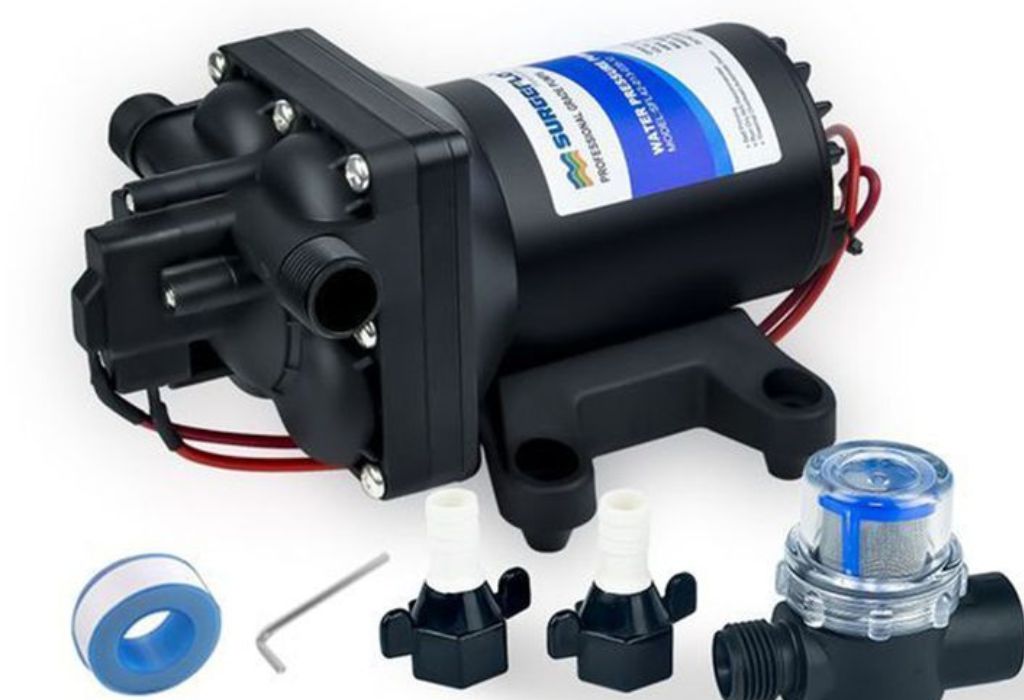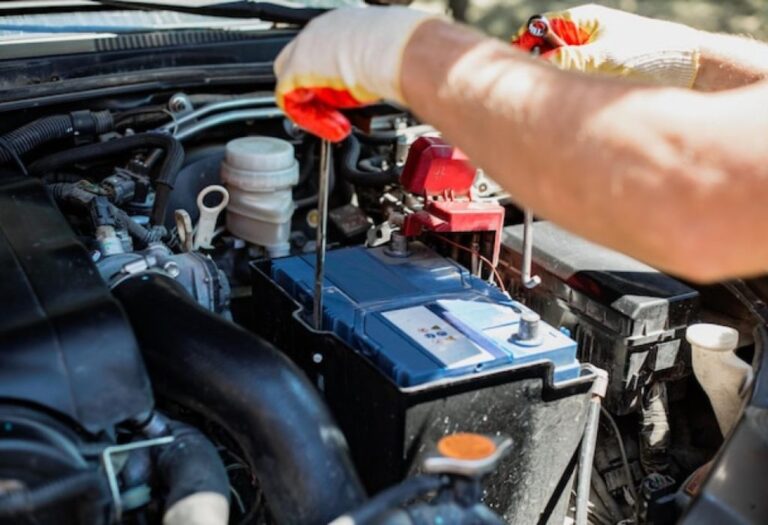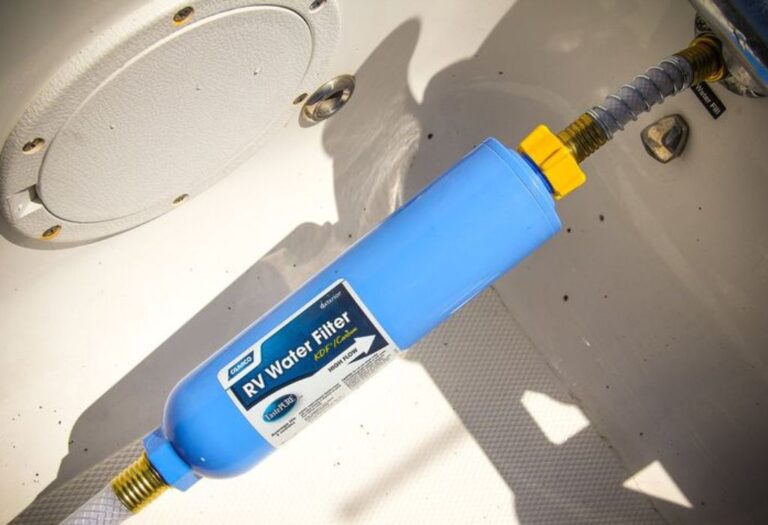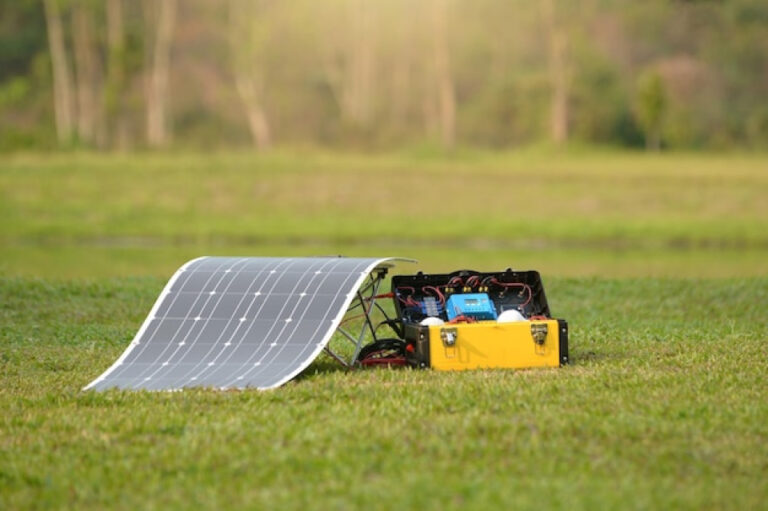How to Adjust RV Water Pump Pressure Correctly
Imagine stepping into your RV shower after a long day on the road, only to be greeted by a weak trickle of water.
Moments later, the pressure surges so hard that it feels like your pipes might burst. This frustrating inconsistency is one of the most common issues RV owners face.
An RV’s water pump is designed to maintain a steady and safe water flow throughout your vehicle, but even a small misadjustment can throw everything off balance.
Too little pressure makes daily tasks inconvenient, while too much pressure risks damaging delicate plumbing lines and fittings.
According to RVIA.org, more than 70% of RV owners report water flow problems each year, often due to poor pressure regulation or clogged lines.
Similarly, KOA.com warns that exceeding 65 PSI can lead to cracked pipes or water leaks inside your RV system.
The good news is that adjusting your RV water pump pressure doesn’t require professional tools or costly repairs. With a simple screwdriver and pressure gauge, you can fine-tune your system for optimal performance and longevity.
This guide explains exactly how to adjust RV water pump pressure safely and accurately.
You’ll learn how to locate the adjustment screw, use a pressure gauge to monitor PSI, and identify signs of over- or under-pressure.
By following these simple steps, you’ll restore consistent water flow, protect your plumbing system, and make every shower or kitchen task in your RV feel like home.
1. Understanding RV Water Pump Pressure

RV water pump pressure determines how strongly water flows through every faucet and shower in your motorhome. It’s measured in PSI (pounds per square inch) and controlled by a built-in pressure switch on the pump.
If the PSI is too low, you’ll experience weak water flow. If it’s too high, you risk damaging pipes, fittings, or even your pump motor.
What is the ideal water pressure for an RV?
Between 40 and 60 PSI, depending on your pump model.
Why does it fluctuate?
Air in the lines, faulty switches, or debris can cause irregular pressure.
What controls the pressure automatically?
A pressure switch turns the pump on and off to maintain consistent PSI.
Can campsite water affect pressure?
Yes, external sources can vary from 30 to 90 PSI, which may require a regulator.
Is consistent pressure important?
Absolutely — it ensures smooth operation and prevents leaks.
2. Signs That Your RV Water Pump Needs Adjustment
Your RV will often show clear signs that it’s time to adjust the pump pressure. Understanding these symptoms helps prevent plumbing damage or pump burnout.
What are common warning signs?
Weak flow, pulsating water, or a constantly cycling pump.
Why does the pump cycle frequently?
The pressure switch might be turning on and off too quickly due to incorrect calibration.
What if water sputters at the faucet?
It could mean trapped air or low system pressure.
Can noise indicate a pressure issue?
Yes, loud clicking or humming signals the pump is struggling to maintain PSI.
Is a dripping faucet related to pressure?
Yes, excessive PSI can force water past seals or fittings.
3. Tools and Materials Needed
Before adjusting your RV pump, prepare the right tools to ensure accuracy and safety.
Essential Tools:
- Flathead screwdriver
- Pressure gauge (for water line)
- Adjustable wrench
- Towels or rags
- Flashlight
- Teflon tape (for sealing leaks)
Do you need a pressure gauge?
Yes, it’s critical to verify PSI after each adjustment.
Should power be disconnected?
Always turn off your 12V pump circuit to avoid electrical hazards.
Can adjustments be made without tools?
No, manual turning with a screwdriver gives precise control.
How to prevent leaks afterward?
Use Teflon tape on fittings when reassembling.
4. Locating the Pressure Adjustment Screw
Every RV water pump has an adjustment screw that controls pressure output. It’s usually found near the end of the pump housing or under a small rubber cap.
Where exactly is it located?
On the side or end plate near the pressure switch.
What does it look like?
A small brass or plastic screw marked “+” for increase and “–” for decrease.
Do all pumps have one?
Yes, most models like Shurflo, Flojet, or Seaflo include a pressure adjustment screw.
Can the screw be overtightened?
Yes, forcing it too far clockwise can overpressurize the system.
Should you take note of its original position?
Yes, mark it lightly before adjusting so you can revert if needed.
5. Step-by-Step: How to Adjust RV Water Pump Pressure
Here’s the exact method to safely adjust your RV pump pressure and restore steady water flow.
- Turn off the pump and disconnect power.
- Open a faucet to release built-up pressure.
- Locate the adjustment screw near the pump’s pressure switch.
- Turn clockwise to increase pressure or counterclockwise to decrease it.
- Make adjustments slowly — about one-eighth turn at a time.
- Reconnect power and test water flow using the faucet.
- Use a pressure gauge to confirm PSI (aim for 45–55 PSI).
How do you know the adjustment worked?
The water flow will feel steady and strong with no rapid cycling.
What if pressure remains inconsistent?
Check for leaks, air bubbles, or clogged filters.
How long should testing take?
Run water for at least 2–3 minutes to confirm stability.
Can you over-adjust the screw?
Yes, exceeding 60 PSI may cause pipe or pump damage.
6. Testing the System After Adjustment
Testing ensures your water system runs smoothly at the new pressure setting.
Step-by-Step Testing:
- Turn on multiple faucets to simulate real usage.
- Watch for pulsating or pressure drops.
- Check your gauge reading during operation.
- Listen for cycling sounds — smooth operation means success.
What if the pump cycles too often?
Reduce pressure slightly by turning the screw counterclockwise.
Is minor fluctuation normal?
Yes, a 5–10 PSI variation under heavy use is typical.
What if the pump doesn’t turn off?
It may be stuck at too high a PSI — lower the pressure immediately.
Should the gauge stay connected?
Yes, keep it installed to monitor performance over time.
7. Common Mistakes When Adjusting Pump Pressure
Adjusting the RV water pump is simple, but a few mistakes can cause damage if overlooked.
Is increasing pressure always better?
No, excessive PSI can burst hoses and stress fittings.
Can you skip using a regulator?
Never. It’s essential when connecting to external water sources.
What happens if you adjust while the pump is running?
You could strip the screw threads or damage the pressure switch.
Is cycling normal after adjustment?
Slight cycling is fine, but constant pulsing means it’s over-adjusted.
Can dirty filters cause low pressure even after tuning?
Yes, always clean or replace clogged filters before adjusting.
8. Maintenance Tips for Consistent Pressure
Regular maintenance keeps your RV plumbing system efficient and extends your pump’s lifespan.
How often should you check the pressure?
Every 3–6 months or before long trips.
Does filter cleaning improve pressure?
Absolutely. Dirty filters restrict water flow.
Can air leaks affect pump performance?
Yes, air in suction lines reduces pressure.
Should you inspect the pump head?
Yes, buildup or scale can affect internal seals.
Is seasonal maintenance required?
Yes, winterizing prevents freezing that alters PSI settings.
9. When to Replace the RV Water Pump

Even well-maintained pumps wear out eventually. Recognizing when to replace helps prevent total failure.
How long does a typical RV water pump last?
Usually 3–5 years, depending on usage.
What are clear signs of failure?
Leaking, no pressure buildup, or constant humming without flow.
Can old pumps be rebuilt?
Yes, many brands offer rebuild kits.
When should you upgrade instead?
If your current pump lacks sufficient PSI or makes excessive noise.
Is it safe to install a higher PSI pump?
Yes, but always verify your plumbing can handle it.
10. Extra Tips for Pressure Optimization
Sometimes, consistent pressure depends on more than just pump adjustment.
Should you use an RV pressure regulator?
Yes, it protects against campground water surges.
Do flexible hoses help?
Yes, they reduce vibration and noise transfer.
Is it necessary to check PSI regularly?
Yes, especially when connecting to varying water sources.
Can adding an accumulator tank help?
Yes, it stabilizes flow and reduces cycling frequency.
What’s the safest PSI to maintain?
Keep between 45–55 PSI for most RV setups.
11. Conclusion
Adjusting your RV water pump pressure isn’t complicated—it’s about precision and consistency. By staying within the safe range of 40–60 PSI, you can enjoy balanced water flow throughout your vehicle.
Always make small, gradual changes using the adjustment screw and confirm the results with a pressure gauge. Regular maintenance, filter cleaning, and occasional pressure checks will keep your system efficient and reliable.
I’m David R. Coleman, the founder, lead writer, and lifelong tool enthusiast behind GarageToolPro.com. With years of experience in automotive repair, woodworking, and home DIY projects, I created this platform to share practical tips, detailed tool reviews, and step-by-step guides that help mechanics, hobbyists, and homeowners get the job done right the first time.






